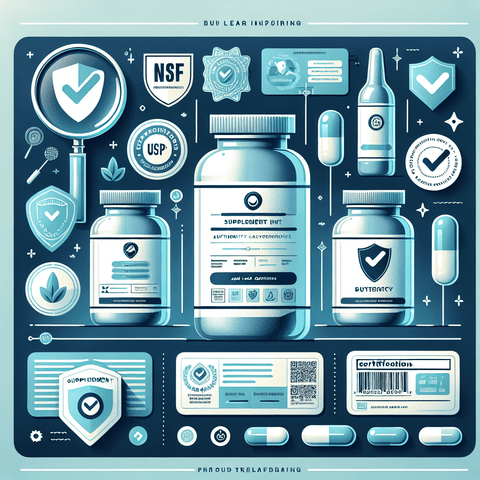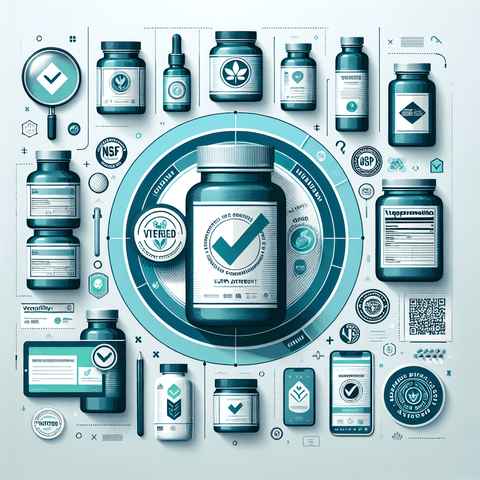Spotting supplement fraud detection is more than a checkbox—it's a practical approach for evaluating products before purchase. By focusing on verifying ingredients, reading labels carefully, and recognizing red flags, you can reduce the chances of encountering misrepresented products. The aim of supplement fraud detection is to spot discrepancies between what is promised on the packaging and what is inside the container. In this guide, you’ll find straightforward tips to verify ingredients, read labels, and spot red flags with third-party certs. This focused approach helps you navigate a crowded market with confidence. Begin with reading the label and comparing it to official product information. Look for the exact name of ingredients, their declared amounts, and the listed serving size. Be wary of vague terms like “proprietary blend” that withhold quantities, or lists of ingredients that don’t match the product’s marketing. Check for complete contact information for the manufacturer, the country of origin, and batch or lot numbers that can be traced. Verify expiration dates and storage directions; inconsistencies can be a red flag that prompts further scrutiny. Third-party certifications can strengthen supplement fraud detection, but they must be current and properly documented. Reputable certs often appear as logos or statements on the label, plus a certificate number you can verify online. Examples include independent programs such as USP Verified, NSF International, or other recognized labs; those certs typically require testing of ingredients and labeling accuracy. To confirm a certificate, visit the certifier’s website and search for the product name, manufacturer, and certificate dates. If the information doesn’t match, or the certificate appears outdated, that’s a strong red flag. Other practical steps bolster your defenses: buy from reputable retailers with clear product information, check multiple sources for the same product, and preserve receipts and packaging. Cross-check batch numbers against the manufacturer’s database when possible, and don’t hesitate to contact the company directly to confirm details. If something feels off—misspellings on the label, unusual packaging, or a price that seems too good to be true—pause the purchase and investigate further. Strong habits in supplement fraud detection help you spot issues before they become a concern.


